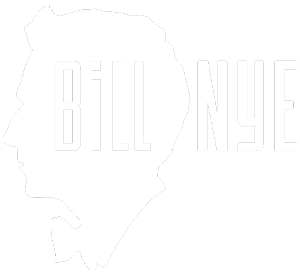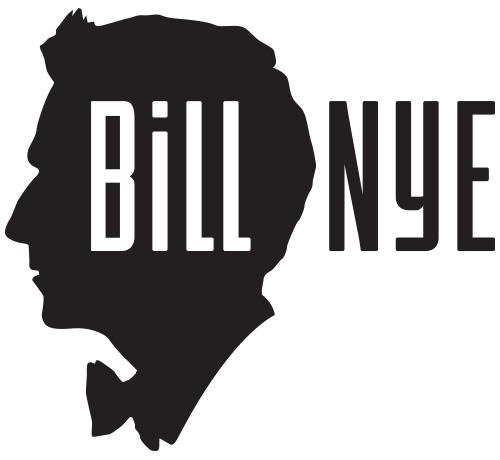Current Event
With this experiment, you can study ocean currents in the safety of your own home-no submarine needed.
What You Need
- a glass bread loaf dish
- 30 milliliters of salt
- blue food coloring
- ice cubes
What You Do
- Mix 30 milliliters (2 tablespoons) of salt and a liter (quart) of water in a glass bread loaf dish.
- Put it in the freezer until it’s good and cold, so that chips of ice form on the surface.
- Remove the dish from the freezer, and carefully drip a few drops of blue food coloring onto the surface.
- What happens as it melts?
- Place an ice cube at one end of the dish. What happens?
What's Happening?
The freezing chemically squeezes the salt out of the water. The dark blue layer of food coloring is not salty, so it won’t sink! When the ice melts, it ‘s fresh water – no salt. The salty water is heavier (denser) than the fresh water so the fresh water floats on top of it. When you add an ice cube, the cube is colder than the surrounding water and it will cause the water to become denser than the seawater. The dense water will sink pulling some of the blue color with it. When icebergs melt, they usually cool the sea below them, but their freshwater stays on the surface for a long time. Many ocean currents are driven by the flow of heat and salt in the ocean. We call these “thermohaline” (therm-oh-HAY-leen) currents. That means heat and salt currents. They’re cool. Well, they’re cold. They’re caused by the flow of heat.


